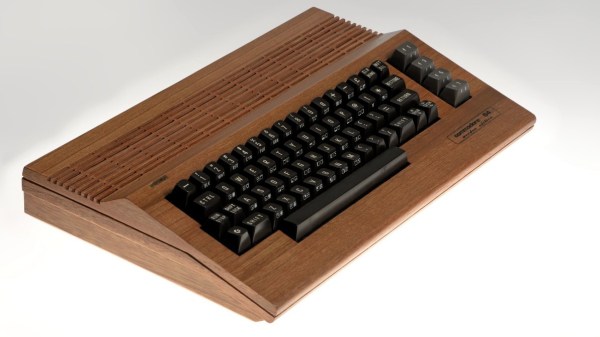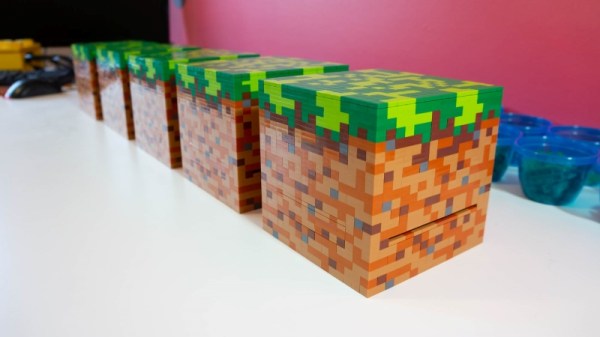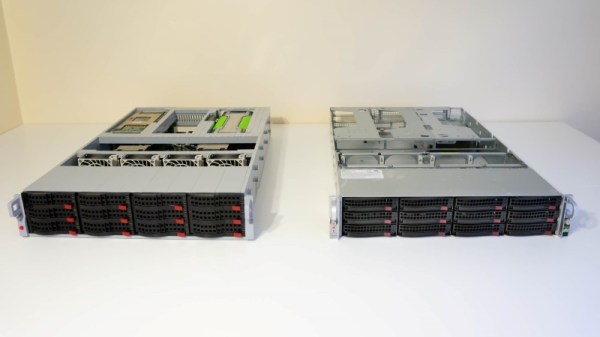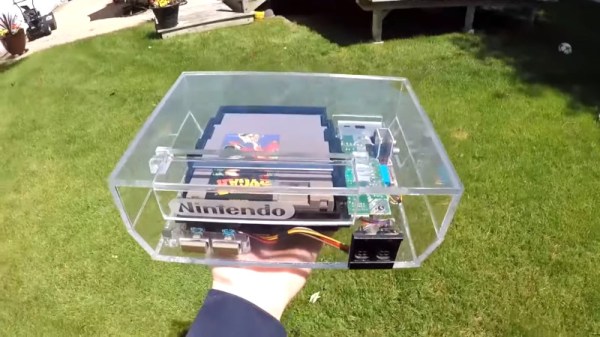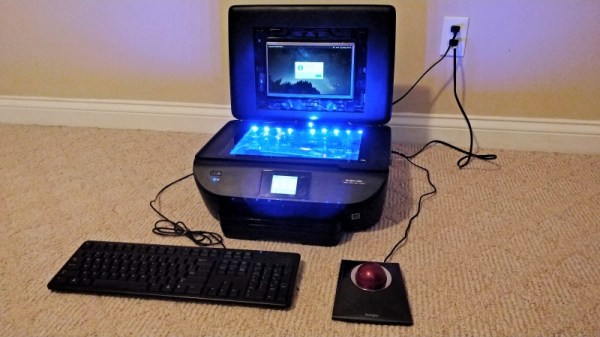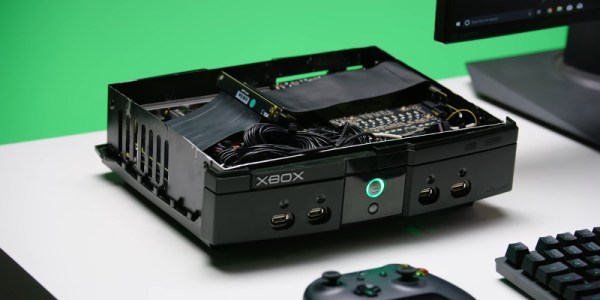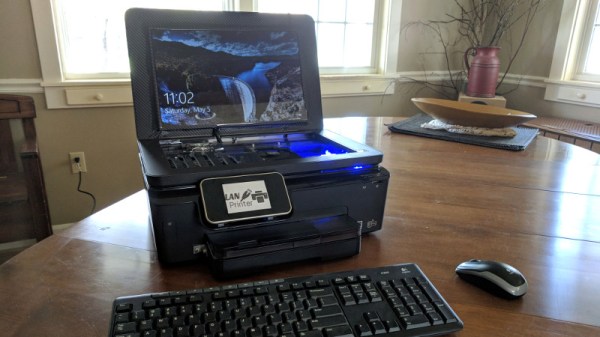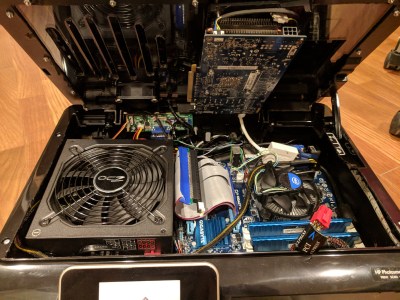Most computer case modders take certain liberties with their builds, to express their creativity and push the state of the art. Some, however, seek to recreate the original in as detailed a way as possible while still being unique. This faithful reproduction of a Commodore 64C in wood is a great example of the latter approach.
[Atilla Meric]’s experience with model airplane building came into play when he decided to leap into this build. Being used to making small, thin pieces of wood even smaller and thinner proved valuable here, as did working from templates and getting complex shapes cut out cleanly. [Atilla] used a miniature table saw to rough cut his stock; the wood species may have been lost in the translation from Turkish but it appears to be some variety of oak. Detail cuts were done with knives, and everything was held together with glue. The painstaking effort that went into the air vents is amazing, and the fact that they exactly match the vents on the original injection-molded case is truly impressive. We also like the subtle detail of the slightly depressed area around the keyboard opening, just like the original, as well as the smooth curve at the front of the case to comfortably support the wrists. The cutouts for connectors and the labels are top-notch too.
We appreciate the craftsmanship that went into this case mod, and the time and effort [Atilla] put into the build are obvious. We’ve seen wooden computer case mods before, but this one really pushes all our buttons.
[via Twitter]

